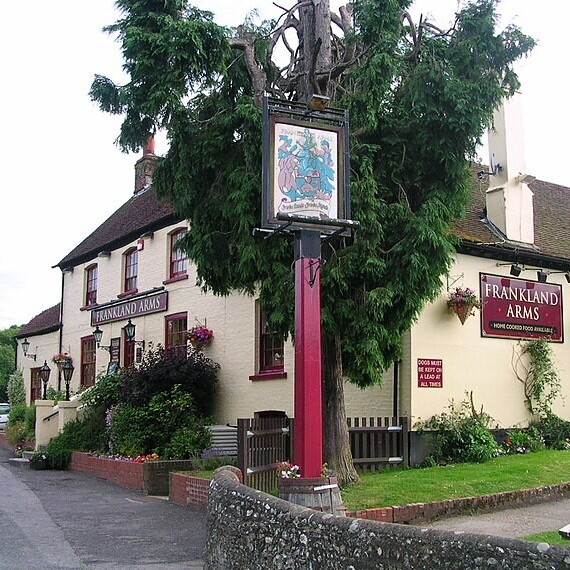
Living in Washington
Thinking about moving to Washington? Discover why it's a great place to live, fun things to do here, what the local schools and transport connections are like - and of course the most important thing of all: how much houses cost to buy.
Your guide to moving to Washington
Why Washington is a good place to live
Living in Washington Village offers the best of both history and modernity, with a rich history that dates back to the 12th century and a host of modern facilities. Moving to Washington means the chance to enjoy quaint setting whilst remaining equidistant from the cities of Sunderland, Newcastle, and Durham. This means you can retreat to a tranquil setting after indulging in urban convenience within a 20-minute drive. Within Washington, you can enjoy wining and dining at the array of social venues and businesses – from traditional pubs offering cask ales to sophisticated joints serving gourmet dishes. There's also plenty of open green spaces and parks where you can relax.
What's Washington famous for?
Washington is famous for several things, not least the fact it's the ancestral home of none other than the first President of the US, George Washington. His family's home, the Washington Old Hall, is a significant and well-visited historical site. It's not all just about the past though, iconic modern landmarks such as the Penshaw Monument and the Angel of the North are situated near Washington. For sports fans, there's also the Riverside Ground, home to the Durham County Cricket Club.
Things to do in Washington
Here in Washington, history buffs have plenty to keep them occupied. You can visit the Washington Old Hall, explore the Washington 'F' Pit Museum which showcases the local mining history, or meander among the military vehicles at the North East Land Sea and Air Museums. An absolute must-see is the iconic Angel of the North sculpture, while nature lovers can observe the wildlife at WWT Washington, a wetland reserve along the River Wear. Looking to wind down? Enjoy a round of golf at one of the nearby courses, such as the George Washington Golf Club. Alternatively, bowl a few rounds at the Hollywood Bowl located in the Galleries Retail Park, or soak in some culture at the Arts Centre Washington.
We have used a bespoke generative AI model to help us research and create our area guides. All of our content is reviewed, and edited where needed, by our trusted team of Zoopla content editors.
Average asking prices in Washington today
We update our average asking prices every day using data from millions of properties for sale.
Transport in Washington
Find the nearest train stations and other transport links in Washington.
Local connections
- Amberley
- National Rail
- 5.9 miles / 9.5 km
- West Worthing
- National Rail
- 6 miles / 9.7 km
- Durrington-on-Sea
- National Rail
- 6 miles / 9.7 km
- Pulborough
- National Rail
- 6 miles / 9.7 km
- Goring-by-Sea
- National Rail
- 6.1 miles / 9.8 km
- Worthing
- National Rail
- 6.1 miles / 9.8 km
Schools in Washington
Discover local primary schools, secondary schools and sixth form colleges in Washington.
Education in Washington
- St Mary's CofE Primary School
- Ages: 5 - 11 years old
- Ofsted Rating: Good (2019)
- Windlesham House School
- Ages: 3 - 14 years old
- Thakeham Primary School
- Ages: 4 - 11 years old
- Ofsted Rating: Good (2024)
- Ashington CofE Primary School
- Ages: 5 - 11 years old
- Ofsted Rating: Good (2022)
- St John the Baptist CofE Primary School
- Ages: 4 - 11 years old
- Ofsted Rating: Good (2023)
- Storrington Primary School
- Ages: 5 - 11 years old
- Ofsted Rating: Good (2024)
Local pubs in Washington


Anchor Inn
Storrington, Pulborough, RH20
Moon
Storrington, Pulborough, RH20White Horse Hotel
Storrington, Pulborough, RH20Welcome to White Horse Hotel, Storrington. A 400-year-old traditional coaching inn in Storrington, a rural village in the heart of West Sussex.

Gun Inn
Findon, Worthing, BN14
Black Horse
Findon, Worthing, BN14